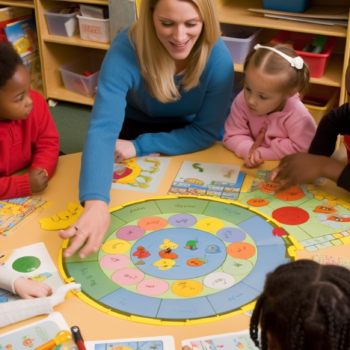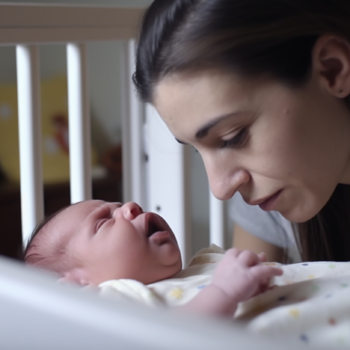As a new parent, one of the most common questions you may have is how long do newborns sleep? On average, newborns sleep for around 16-17 hours a day, but this can vary depending on the baby's age and individual needs. It's important to establish a healthy sleep routine early on, as sleep plays a crucial role in your baby's development and overall well-being. In this blog post, we'll explore the different stages of newborn sleep, tips for creating a sleep-friendly environment, and strategies for helping your baby establish healthy sleep habits. By following these guidelines, you can ensure that your little one is getting the rest they need to thrive.
Author: Aveline FitzRoyale (Aveline FitzRoyale)
When to Begin Potty Training: A Parent’s Guide to Knowing the Perfect Age
Potty training can be a daunting task for parents, but it's an important milestone for your child's development. The question of what age to start potty training is common among parents, and the answer may vary based on your child's readiness. However, experts suggest that children can start potty training as early as 18 months old. It's important to look for signs of readiness, such as showing an interest in using the toilet and pulling down their own pants. Starting the process early can also prevent regression and make the transition smoother. Remember, every child is different, and there's no one-size-fits-all approach to potty training. Just be patient, consistent, and positive throughout the journey.
Top Alphabet Activities for Preschoolers to Boost Learning Skills
If you're looking for fun and educational activities to introduce the alphabet to your preschooler, look no further. There are plenty of alphabet activities that they will love and that will help them learn! From singing the ABC song to creating letters with playdough, there are so many ways to make learning letters exciting. You can also try making letter crafts, playing letter matching games, and going on letter scavenger hunts. With a bit of creativity, you can keep your preschoolers engaged and excited about learning their ABCs. So why not try a few of these alphabet activities and watch your child's knowledge grow?
A Beginner’s Guide to Sleep Training for Infants: Benefits and Techniques Explained
Sleep training for infants is a process of teaching babies how to sleep independently through the night. It involves gradually reducing the presence and intervention of parents during bedtime routines. Sleep training may include methods such as the Ferber method, the cry it out method, or the chair method, and involves establishing a consistent sleep schedule and routine. While sleep training can be controversial, it can be a helpful solution for parents who are struggling with sleep deprivation and are looking for a way to help their baby get the rest they need. It is important to note that sleep training should only be done when the baby is developmentally ready and should always be done under the guidance of a pediatrician.
The Top Challenges of Breastfeeding On Demand: Overcoming the Hurdles
Breastfeeding on demand comes with its own set of challenges that many new mothers face. One of the biggest challenges is dealing with the constant demand for milk. This can be exhausting for mothers who may feel like they are constantly nursing. Another challenge is finding the right balance between feeding on demand and managing other aspects of life, such as work, household chores, and other responsibilities. Additionally, breastfeeding on demand can also lead to sore nipples, engorgement, and difficulty establishing a consistent feeding routine. Despite these challenges, many mothers find that the benefits of breastfeeding on demand, such as building a strong bond with their baby and providing optimal nutrition, make it worth the effort.
Understanding Breastfeeding On Demand: Benefits, Techniques, and Tips
Breastfeeding on demand is a natural and intuitive approach to feeding your baby. It involves feeding your baby whenever they show signs of hunger, rather than adhering to a strict feeding schedule. This method is thought to promote a strong bond between mother and baby, while also ensuring that the baby receives the necessary nutrients to support their growth and development. Breastfeeding on demand is also believed to help boost a mother's milk supply, as frequent feeding signals to the body that more milk is needed. Overall, breastfeeding on demand is a flexible and responsive approach to feeding that can benefit both mother and baby.






